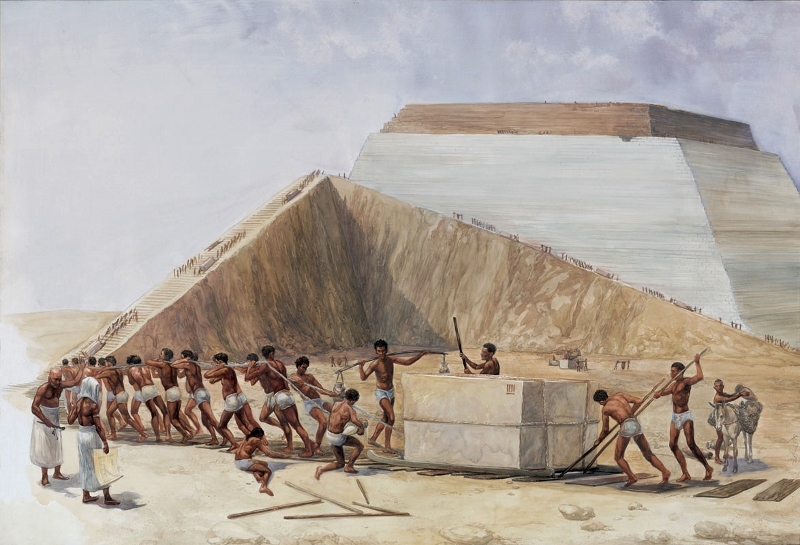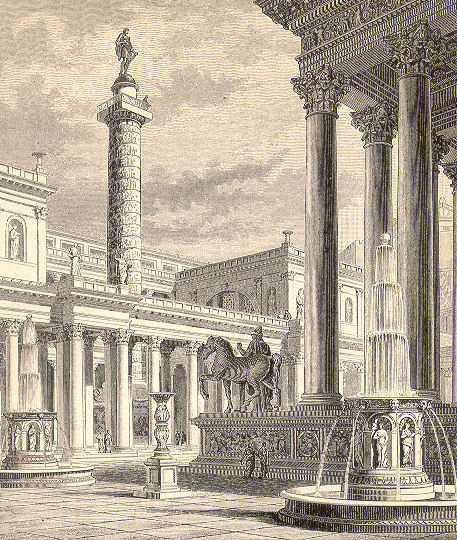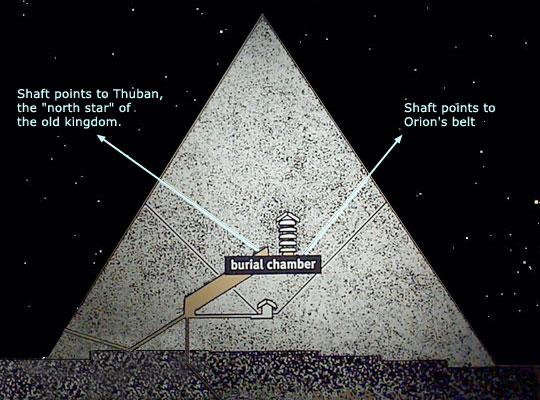The 90 Year Old Mummy With NO Sign of Decay
/The body of Hambo Lama Itighelov, who was a spiritual leader of Russian Buddhists from 1911 to 1927, was first exhumed from the grave in 1955, at the Lama’s request. When after the third exhumation in 2002 after 75 years since the Lama’s death, his body still showed no signs of decay, medical experts decided to examine the miracle.
The grave contained a wooden box and there was a sitting Buddhist lama in a ‘lotus’ position. His body was preserved as if it were mummified, however it was not. The body was covered with silk clothes and fabric. “Samples taken 75 years after the body had been buried, show that the organics of the skin, hair, and nails of the dead man aren’t any different from that of a living human,” a professor of history at the Russian State University for Humanities, Galina Yershova stated at a press-conference in “Interfax” central office in Moscow, according to Pravda.ru.
“His joints flex, the soft tissues are elastic just like in a living person, and after they opened the box, where the body of the Lama lay for 75 years, there was a very pleasant fragrance,” Yershova was quoted as saying.
Yershova believes this is completely inconsistent with what one would expect of a body that has been buried for 75 years.
The body has become holy for Buddhists in the Russian region of Buryatia, where it now rests in the Ivolgin Buddhist Monastery in the regional capital of Ulan-Ude.
Hambo Lama Itighelov is a real person, well known in Russian history. He studied at the Anninsky Datsan, the Buddhist University in Buryatia. Itighelov got degrees in medicine and philosophy (on the nature of emptiness). He also created an encyclopedia of pharmacology.
In 1911, Itighelov became a Hambo Lama (the head of Buddhist church in Russia). During the period from 1913 to 1917, he opened the first Buddhist temple in St. Petersburg. Itighelov published religious tractates and teachings and united many of the religion’s factions.
He was invited to celebrate the 300-th anniversary of Romanov’s house, and on March 19, 1917, the Russian Tsar Nikolai II gave him St. Stanislav Award.
During the First World War, Itighelov was helping the army with money, clothes and medications. He also had built a set of hospitals where lama doctors helped to cure wounded militants. For his contributions, Itighelov was awarded with St. Anna medal.
In 1926, he warned the Buddhist monks about the coming ‘red’ terror and advised them to flee to Tibet. But he himself never left Russia.
In 1927, Itighelov told lamas that he was preparing to leave this world. He started a meditation and soon was dead.
Itighelov left a testament where he had requested to bury him as he was, sitting in a ‘lotus’ position in the cedar box on a traditional cemetery. There was also a statement, where he asked monks to exhume him after several years.
His will was fulfilled in 1955 and in 1973 respectively, by Buddhist monks. But it was kept in secret, since all kinds of religions were forbidden under the communist rule.
The Soviet Union, under Stalin, repressed most manifestations of religion, executing hundreds of lamas and destroying 46 Buddhist temples and monasteries.
In the years since the Soviet Union collapse, across Russia the Buddhists have begun to thrive again, rebuilding ruined temples that attracted more followers.
On September 11, 2002, seventy five years after Itighelov’s death, the body was for the third time lifted from the earth. This time there was a record of the event: a dozen of witnesses, including two forensic experts and a photographer.
Soon the Lama’s body was transferred to Ivolginsky Datsan (a residence of today’s Hambo Lama), where it was closely examined by monks, scientists and pathologists.
With the permission of the Buddhist clergy, scientists investigated samples of tissues of the “imperishable body”. They compared them with those of living people.
When one of the scientists approached the body, she could clearly feel the warmth of his hands.
Professor Viktor Zvyagin from the Federal Center for Forensic Medicine, examined Itighelov’s body in Ivolginsk last November, and conducted analyses of hair, skin and nail specimens after his return to Moscow. He concluded that Itighelov’s body was in the condition of someone who had died 36 hours ago.
According to the results, the protein structure of the body was not damaged; it was identical to the one of a living person.
Scientists were dumbfounded by the results of the chemical composition of his body. They could not explain the fact that chemical elements in Itighelov’s body were either absent or present in negligibly small quantities.
Two years had passed. Itighelov’s body is now kept in the open air, without any temperature or humidity restrictions.
Nobody understands how the body can stay in this condition.
The official statement was issued about the body – very well preserved, without any signs of decay, muscles and inner tissues, soft joints and skin being intact. It was confirmed that the body was never embalmed or mummified.
“He was 75 years old, and he promised to return to his followers after another 75 years,” Yanzhima Vasilyeva, the director of Itigilov’s Institute, said.
“The most amazing thing is that he was still sitting upright. Scientists say that after two weeks a dead body cannot stay upright on its own,” Vasilyeva continued.
Itighelov’s caretaker Bimbo Lama, stays close to his teacher almost at all times.
Once in a while he changes Itighelov’s clothing, and at that time Lama’s joints become more flexible. Bimbo lama has noted that while changing the clothes, he could smell a fragrance coming from the teacher’s body.
The lamas have dressed the body in a golden robe, with a blue sash laid across his lap. His eyes are closed, his features blurred, though the shape of his face and his nose doubtlessly resemble his picture taken in 1913. His hands remain flexible, his nails perfectly trimmed. His skin is soft. His head is still covered in short-trimmed hair.
According to Professor Yershova, this is the only confirmed and recorded case of the body, imperishable over such a long period of time in the entire world.
Embalming and mummifying is well known among different nations and peoples – Egyptian mummies, Christian Saints, communist leaders and others. Some bodies were found in permafrost, however when they contacted with oxygen atmosphere they perished within several hours.
Lamas from the temple relate many miracles, taking place around the “precious body”. Some people become magically healed upon seeing the body of Hambo Lama.
Itighelov said before his death that he had left a message to all people on Earth.
“There is a great moral crisis in Russia today,” Vasilyeva said, “Itighelov’s return presents a great opportunity to help people believe.”
A fragment of the interview with Hambo Lama Ayusheyev, the spiritual leader since 1995, has been also demonstrated at the press-conference.
“Many people don’t see what’s obvious,” he said. “Many people won’t understand even if they see him.”
However, there are descriptions of such things in Buddhist texts, but there were no confirmed examples. Well, now it looks like there is one. And that time came to comprehend the Lama’s unspoken message.
“To me, it is the greatest miracle in life,” said Hambo Lama Ayusheyev. “It turns out there are things on which time has no power.”




























































